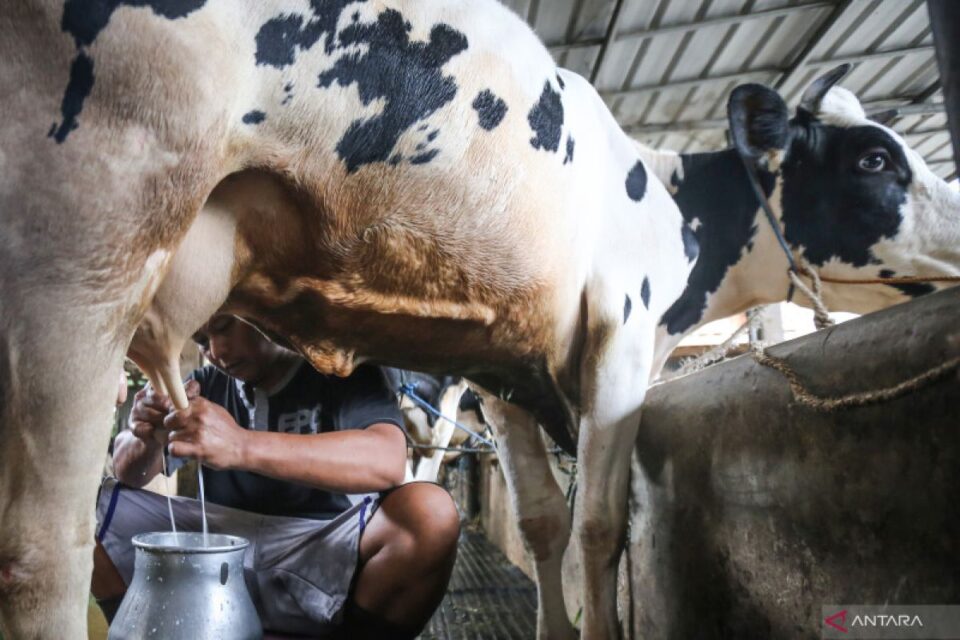By [Tapiwa] | Poultry & Livestock Review Africa
Can the humble cow become a climate hero? In the face of rising temperatures, shrinking feed supplies, and unpredictable weather, African farmers are turning to a new ally in the fight against climate change — smarter livestock breeding.
In the lush pastures of Mbeya, Tanzania, dairy farmer Lwitiko Mwakaliba is seeing results. With support from the Africa Dairy Genetic Gains (ADGG) program, he’s learned improved husbandry and animal health practices. But the real game-changer? Breeding cows that produce more milk and less methane.
That’s right — thanks to cutting-edge science, farmers like Mwakaliba are now selecting animals not just for size, health, or yield, but for climate-friendliness.
The Methane Problem (and Opportunity)
Livestock, especially cattle, are major contributors to agricultural greenhouse gas emissions, mainly in the form of methane released during digestion. But rather than pointing fingers at farmers, researchers are working with them to breed animals that are naturally more efficient.
“Methane emissions from livestock are a big part of the climate puzzle,” says Dr. Anthony Whitbread of the International Livestock Research Institute (ILRI). “But we’re finding ways to reduce those emissions through genetics — without sacrificing productivity.”
Through a project called EnviroCow, ILRI and partners are using phenotyping — the science of analyzing an animal’s observable traits — to pinpoint cows that not only thrive in hot, harsh environments but also produce less methane.
Over 800 cows in Kenya and Tanzania have already been studied, with data feeding into national herd improvement programs. This research is helping governments meet their climate pledges under the Paris Agreement — all while improving food security.
What It Means for Livestock Keepers
Here’s where it gets exciting for African livestock farmers: These low-emission cows aren’t just better for the planet, they’re better for business.
“Farmers usually care most about profits and resilience,” says Whitbread. “That’s where this science aligns perfectly. Animals that convert feed more efficiently into milk or meat are not only greener — they’re also more cost-effective.”
Better genetics mean stronger animals that resist disease, tolerate heat, and make the most out of every bite of feed — a major win as feed costs rise and droughts become more common.
Programs like ADGG are helping to roll out herd recording systems across Africa, allowing farmers to track and improve the genetics of their herds with real data. These systems identify high-performing animals and guide breeding strategies — much like elite poultry breeding programs.
Looking Ahead: Genetics in a Changing Climate
As the climate crisis deepens, traits like heat tolerance, feed efficiency, and disease resistance are becoming critical — not just for dairy cows, but for all livestock systems, including beef cattle, sheep, goats, and even poultry.
“Some animals handle heat far better than others,” says Whitbread. “With the right information, we can spread those traits across the continent.”
And the benefits don’t stop at the farm gate. These climate-smart animals help reduce emissions at the national level, support better livelihoods, and strengthen food systems across Africa.
So, next time you look at your herd, think beyond just today’s milk or meat. The future of farming might just lie in the genes of tomorrow’s livestock — and African farmers are leading the way.
Got a breeding success story or tips on heat-tolerant livestock? Share it with us at Poultry & Livestock Africa!



